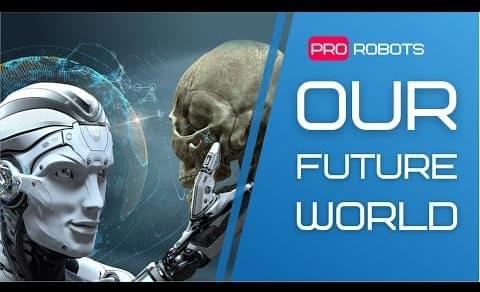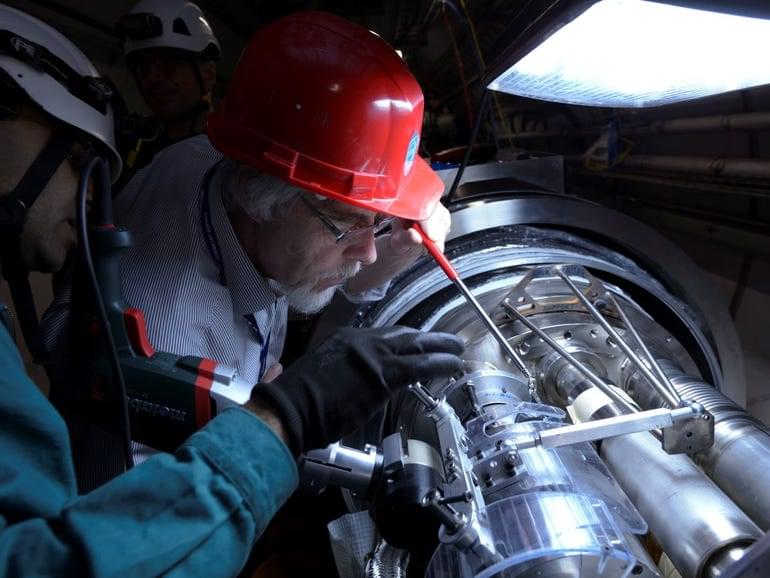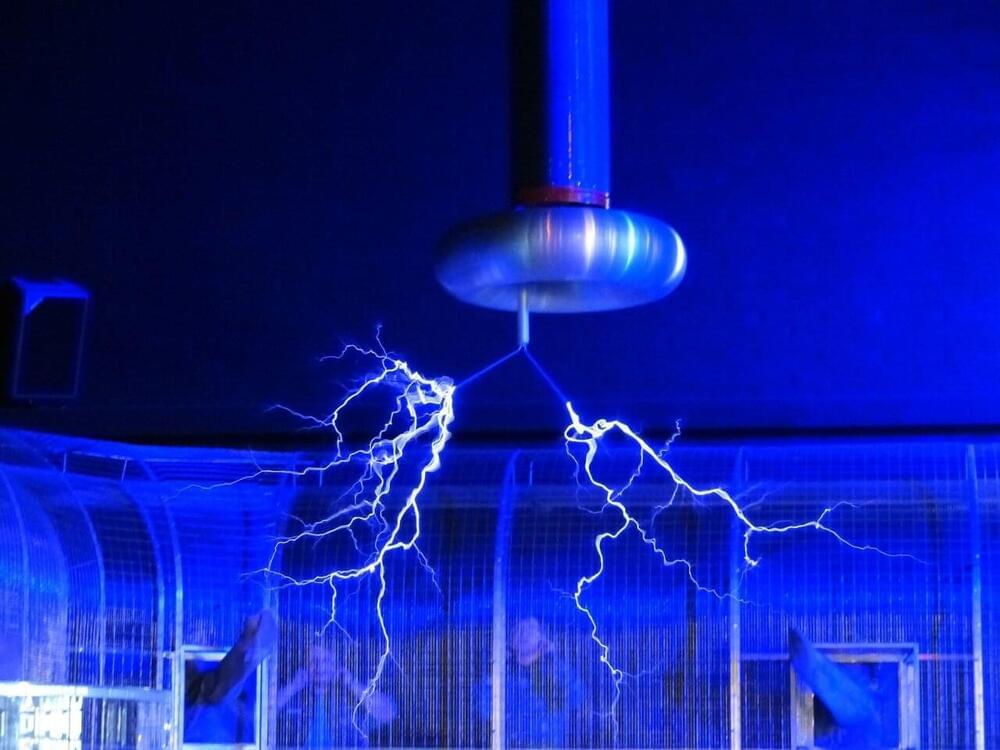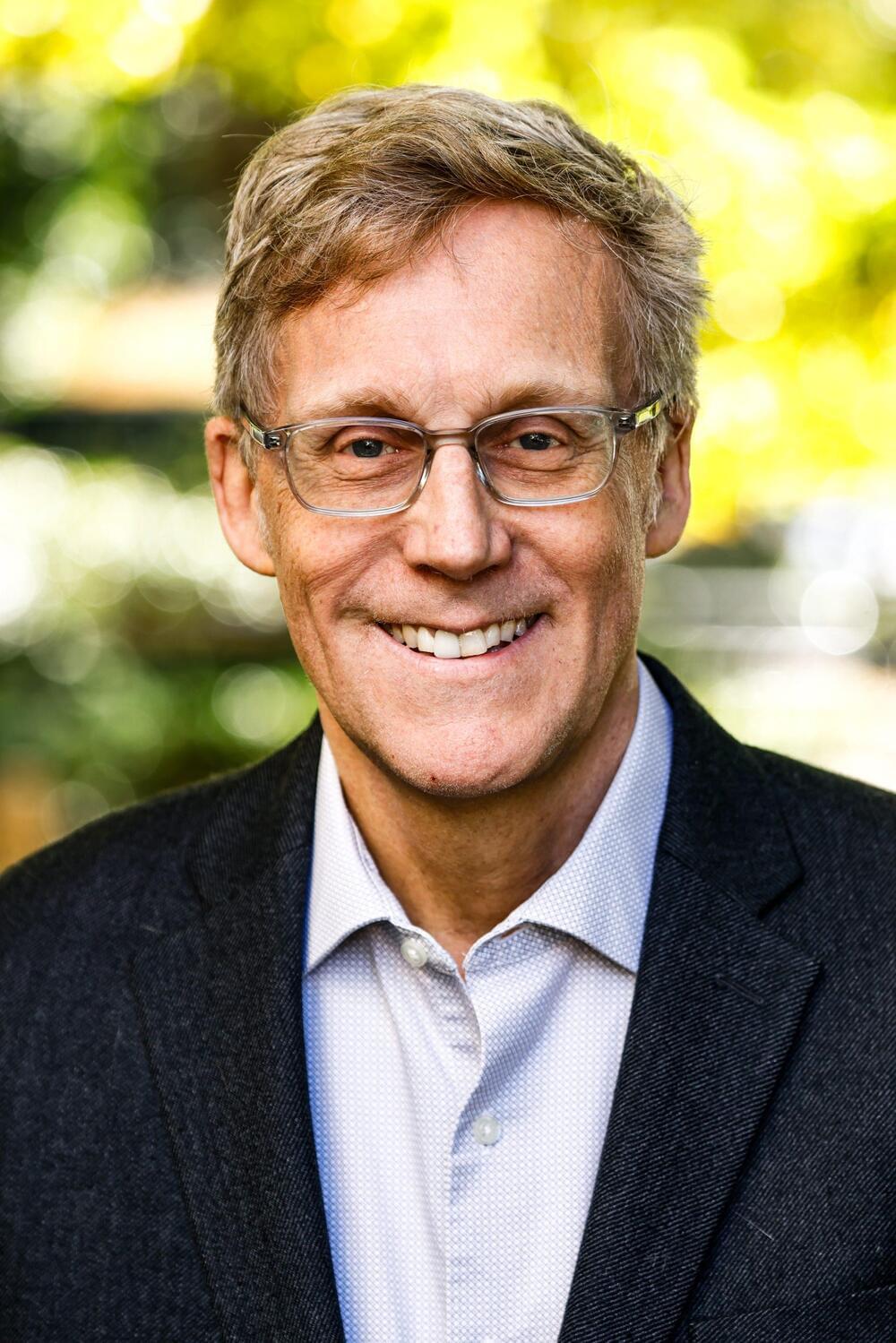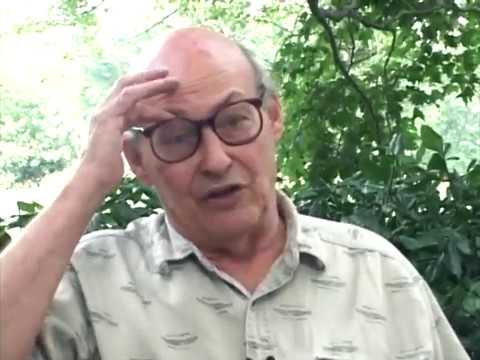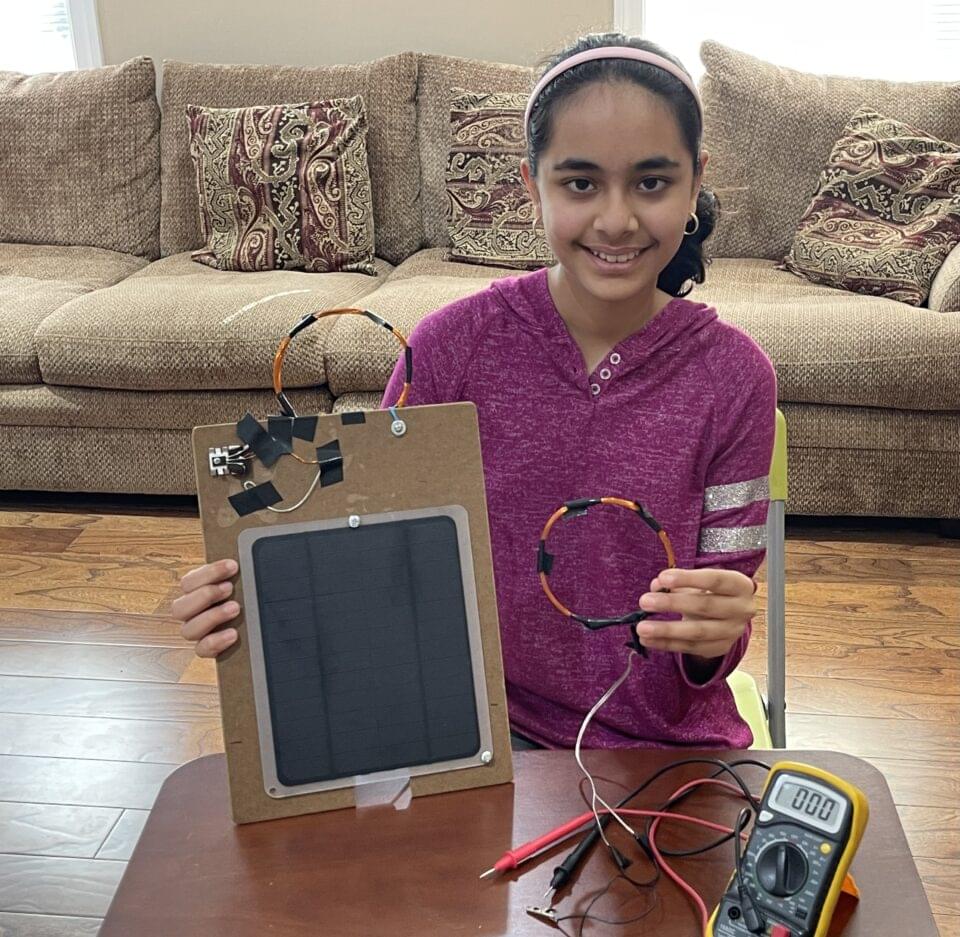Jan 31, 2022
Main Trends of the Future | What the World Will Be Like in 10 Years | Science and Technology
Posted by Raphael Ramos in categories: Elon Musk, mobile phones, robotics/AI, science, transportation
https://www.youtube.com/watch?v=Y74GllySfk8
👉For business inquiries: [email protected].
✅ Instagram: https://www.instagram.com/pro_robots.
You are on the PRO Robots channel and today we are going to talk about the main trends in science and technology for the next 10 years. How will the world of robotics change in 2022 and what will happen in the next 10 years? Experts say robots will become as commonplace in our lives as smartphones and laptops. Watch the top robotics trends in one video!
